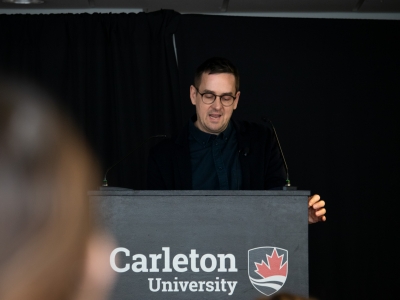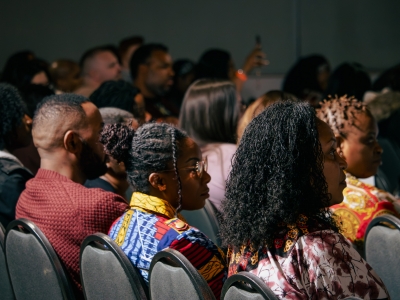Lowell Gasoi is a PhD candidate in communication studies and instructor in the School of Journalism and Communication.
By Lowell Gasoi
Russian artist Petr Davydtchenko made what what he claims was the first performance art NFT in February. According to an article in The Art Newspaper, in a digital recording, Davydtchenko “eats a live bat in front of the European Parliament in Brussels.”
An NFT, or non-fungible token, is a digital record of the stake in ownership of a digital object (but not the copyright), often an artwork. This digital certificate says, “I paid for this special thing, now it’s mine!”
The Art Newspaper reports Davydtchenko’s “performance” had received only one bid of 2.5 wrapped ethereum, valued at $3,848 when the story was published on Feb. 26. But profits for some NFTs go into the millions.
Davydtchenko says the event was a protest against pharmaceutical companies. Davydtchenko’s performance art references vaccines and COVID-19.
As a scholar of communication and performance studies, what interests me is how NFTs are redrawing parts of the art world in radical ways by raising questions about how artists, audiences and critics understand performance, criticism or protest in a capitalist society.
We should keep an ear open not only to questions about authenticity and who profits but also about what these kinds of transactions mean for us as spectators, virtual audience members and human beings.
Thursday, April 29, 2021 in Communication and Media Studies, News, School of Journalism and Communication
Share: Twitter, Facebook



